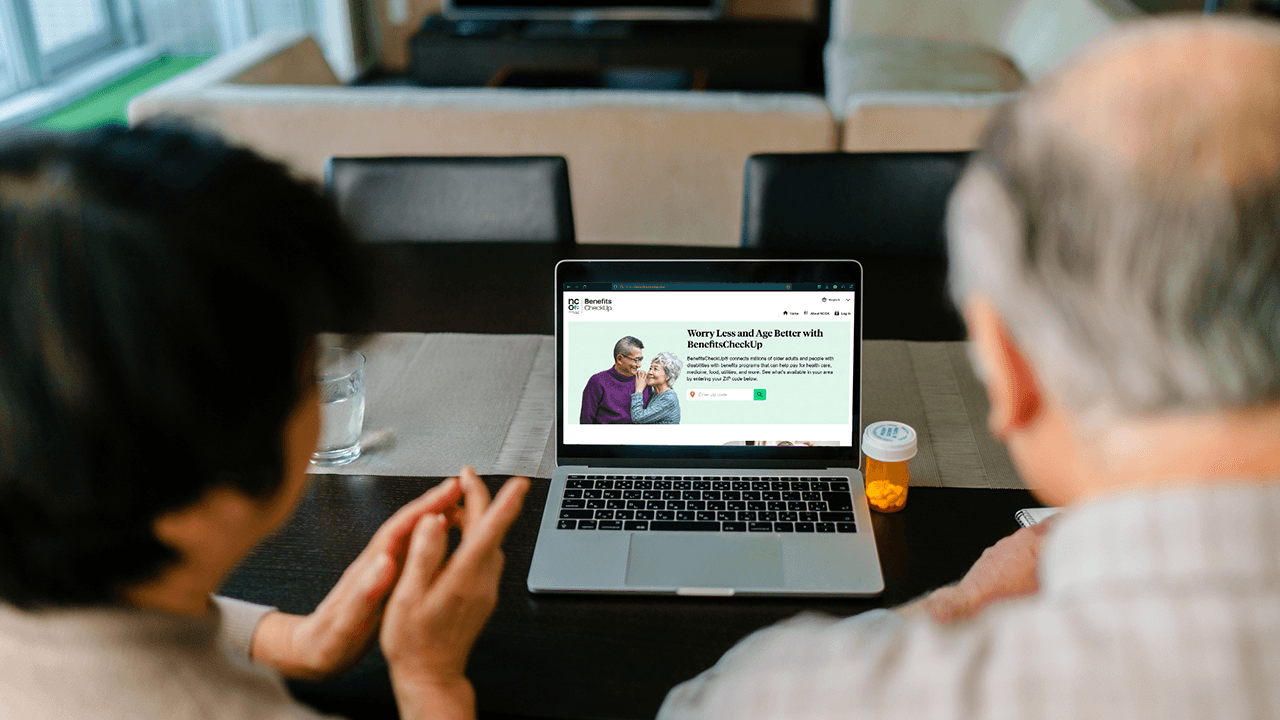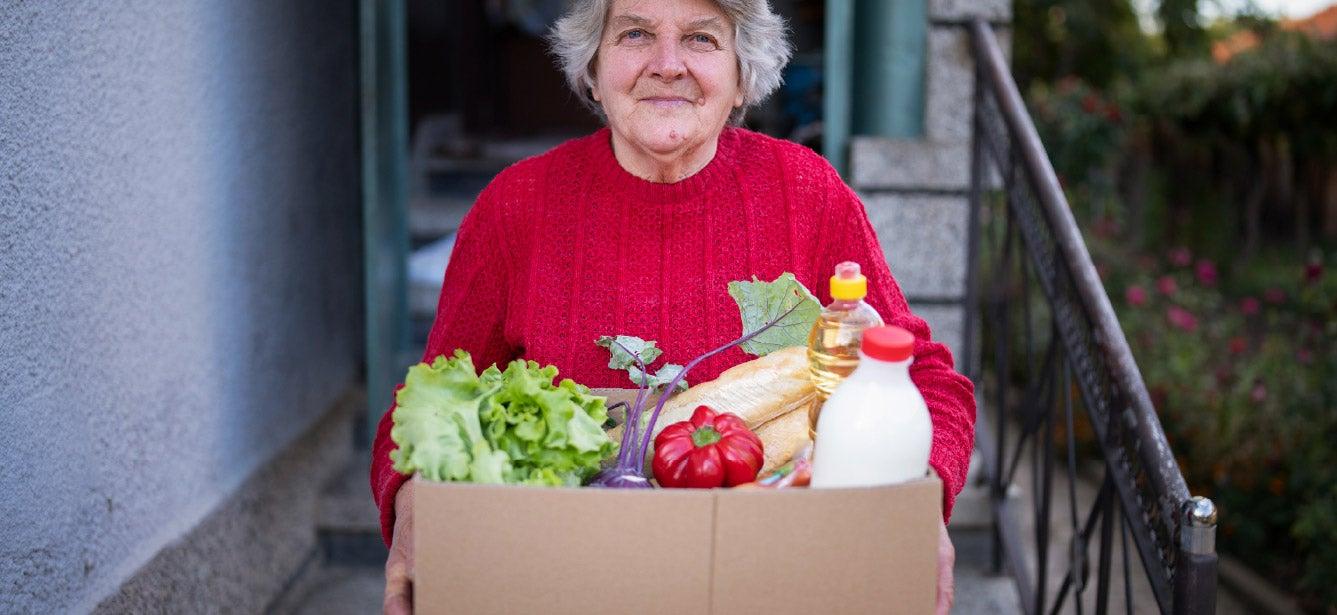Emergency Broadband Benefit Made Permanent in Final Infrastructure Bill
2 min read

On Nov. 15, President Biden signed into law the Infrastructure Investment and Jobs Act, which passed the Senate in August and the House of Representatives on Nov. 5 with bipartisan support.
The legislation provides approximately $550 billion to improve roads, bridges, energy, and water infrastructure; expand transit opportunities; and support digital access and affordability.
What's in the infrastructure bill for older adults?
Older adults and their families will benefit from several provisions in the new law. Highlights include:
Broadband Access
- The Emergency Broadband Benefit, a Federal Communications Commission (FCC) program that has helped families and households struggling to afford internet service during the COVID-19 pandemic, will transition to a permanent Affordable Connectivity Program. The subsidy in the permanent program will decrease to $30/month (previously $50/month) and income eligibility increase to 200% of poverty. People can still apply for the benefit online, as the existing program will end when the fund runs out of money, or six months after the Department of Health and Human Services declares an end to the COVID-19 health emergency, whichever is sooner.
- The bipartisan Digital Equity Act, endorsed by NCOA, will receive an investment to support state and local efforts to promote broadband access.
- Funding will be provided for broadband deployment in underserved areas, including rural and tribal communities.
Transportation
- The law includes $2 billion for an enhanced mobility program for seniors and persons with disabilities, as well as $250 million per year for formula grants.
- It also expands support for the Complete Streets/Safe Streets program.
Energy Assistance
- The law features $500 million for the Low-Income Home Energy Assistance Program (LIHEAP), a federally funded program that helps in managing costs associated with home energy bills, energy crises, weatherization, and energy-related minor home repairs. The Department of Health & Human Services' (HHS) program helps consumers stay warm in the winter and cool in the summer through programs that reduce the risk of health and safety problems that arise from unsafe heating and cooling practices.
- It also includes $3.5 billion for the Weatherization Assistance Program, which provides repairs and upgrades to promote energy efficiency for low-income households.
Stay in touch with NCOA to learn when the government plans to roll out these new and expanded initiatives and how they will affect older adults.




